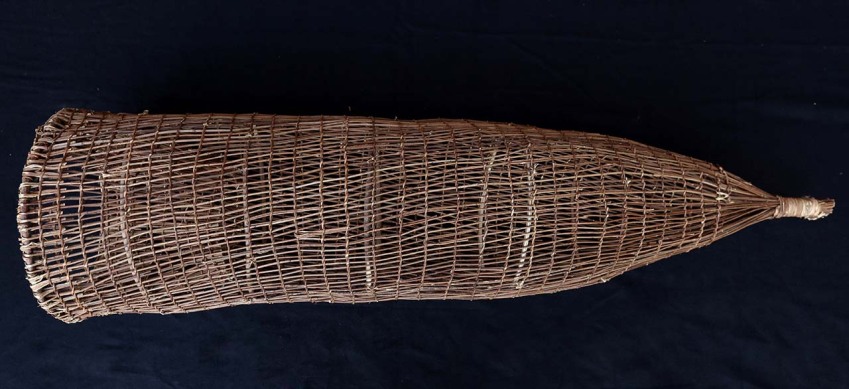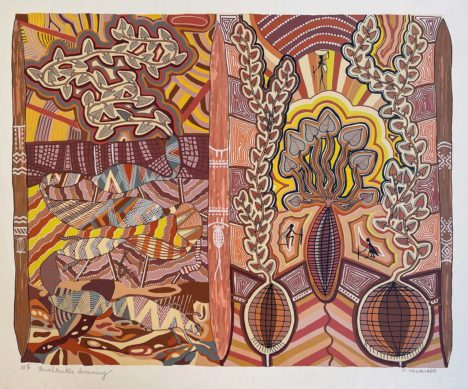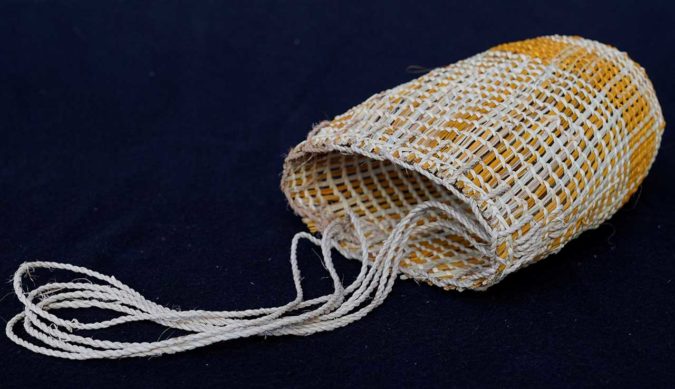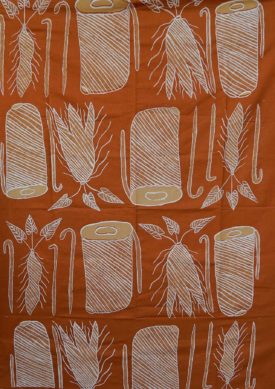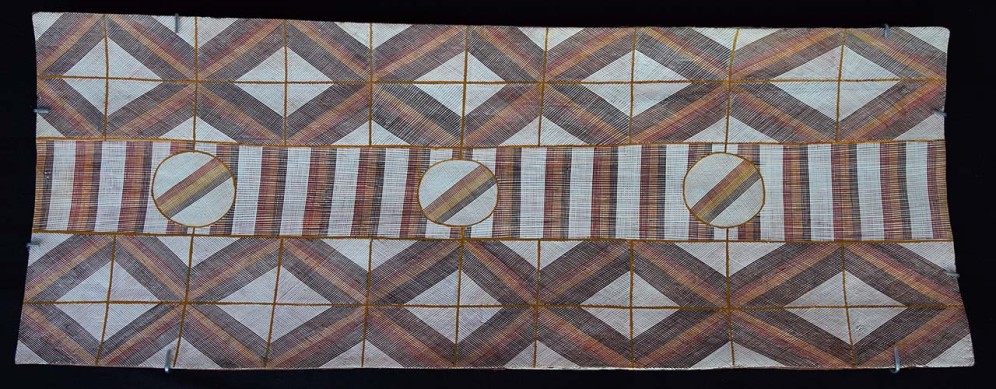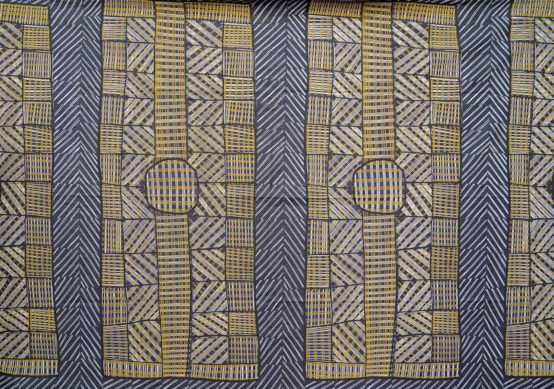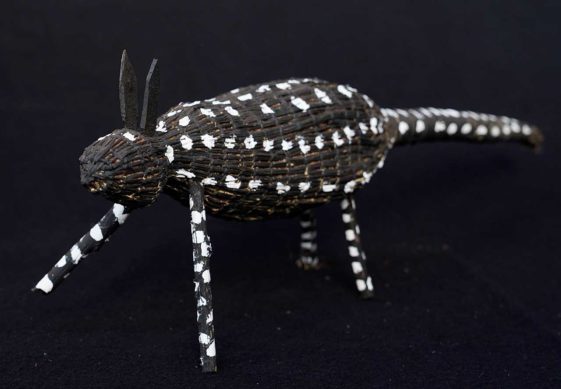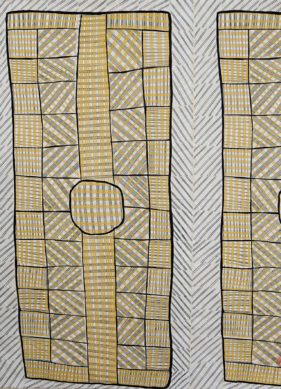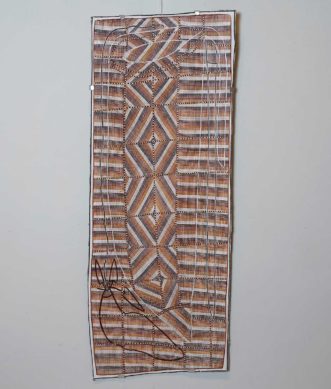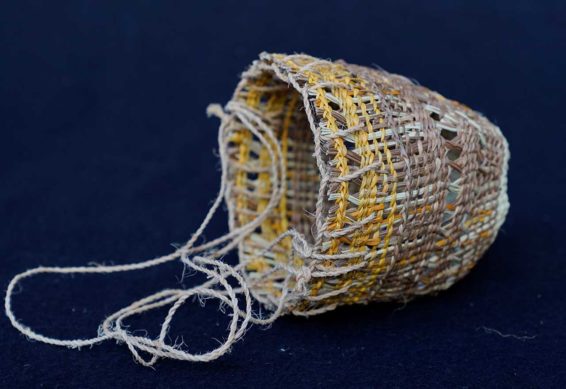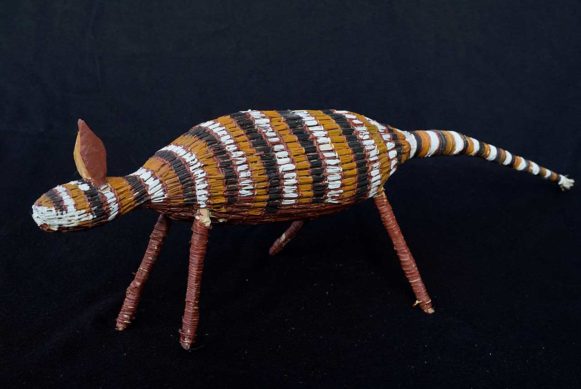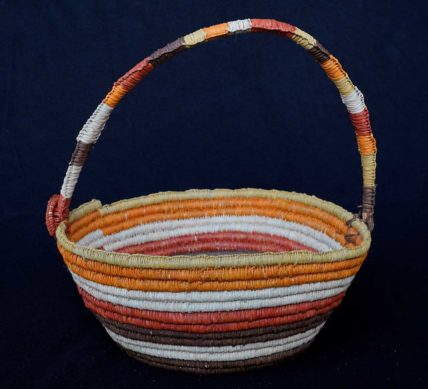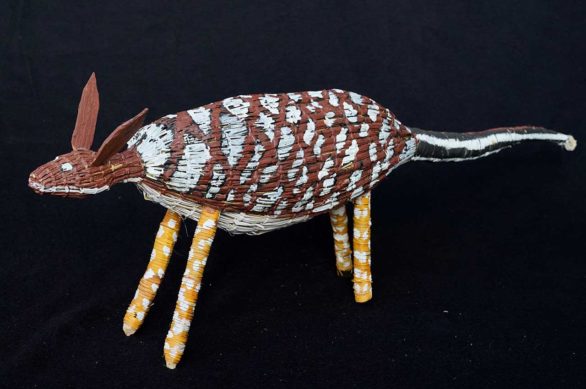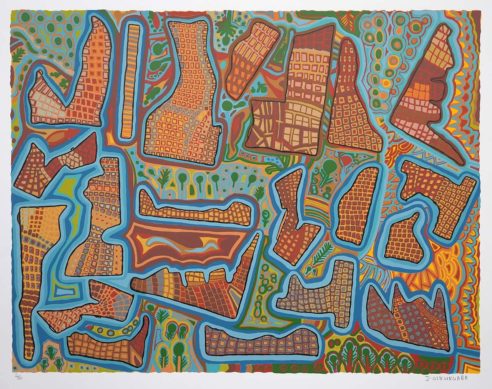Maningrida Aboriginal Art
Maningrida community in the central northern Arnhem Land coast is in the traditional homelands of the Kunibidji people and is one of the country’s largest Aboriginal communities, with over 2000 residents. The community is located on the coastal estuary of the Liverpool River and is five-hundred kilometres east of the regional capital of Darwin.
The name of the community derives from Kunibidji word “Manayingkarirra”, meaning “the place where Dreaming changed shape”. In the late 1940s Maningrida was established as a trading post for local Aboriginal people, with the aim of providing trade income and to give a viable alternative for people considering travelling to Darwin. At this time this was the first contact to be initiated since the original visit of explorer and map-maker Matthew Flinders in the early 1800s.
Maningrida is a intensely multilingual community – languages spoken there include Rembarrnga, Dangbon/Dalabon, Burarra, eastern Kunwinku, Wurlaki, Kune, Djinang, Ndjébbana, Gunnartpa, Nakkara, Ganalbingu, Kunbarlang, Gupapuyngu and Gurrgoni. Many of the people have skills in at least three of these languages. This diversity is reflected in the wide range of religious ceremonies and varying artistic forms found in dance, music and art.
During the 1950s the settlement became a mission and in 1957 was officially named Maningrida. An art centre was formed there in 1973 – the Maningrida Arts and Culture centre – which has gone on to become one of Australia’s longest running art centres, focussed on Aboriginal arts and crafts. The art centre presents the work of over 250 artists from the area, supporting artists living in thirty outstations and on their traditional lands. Maningrida Arts and Culture centre has a major role in fostering cultural practice and supporting generations of artists, as well as providing a cultural keeping-place where traditional culture and ideas can be viewed and passed on. Much of the art work is based around traditional materials and practice – ochre paintings on bark, ceremonial carvings and poles, hand woven fish traps and woven fibre baskets and mats.

